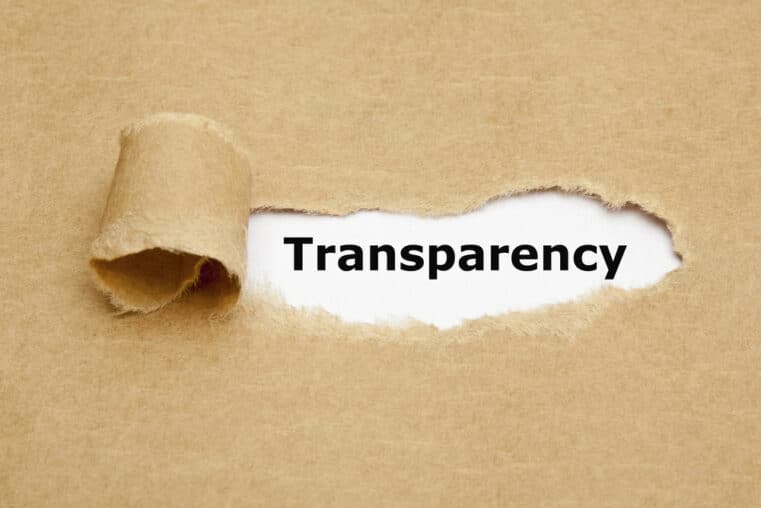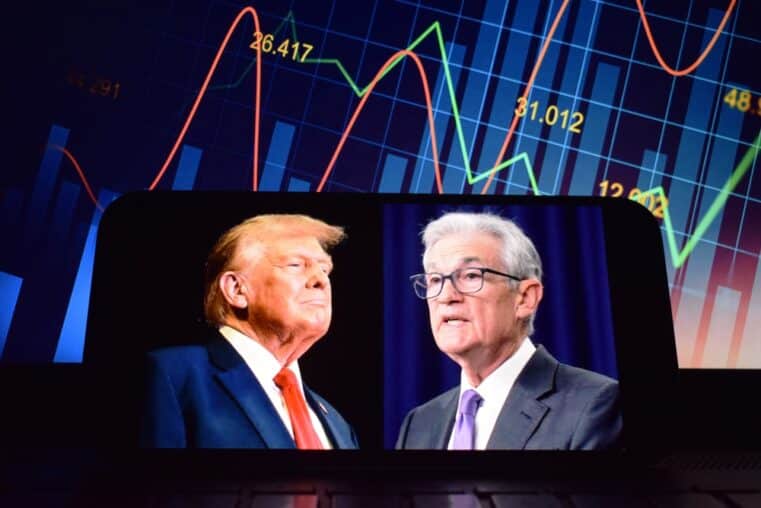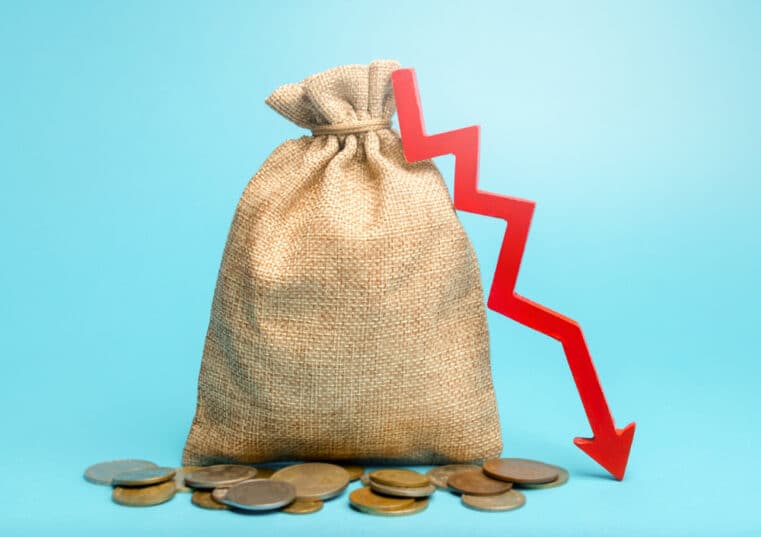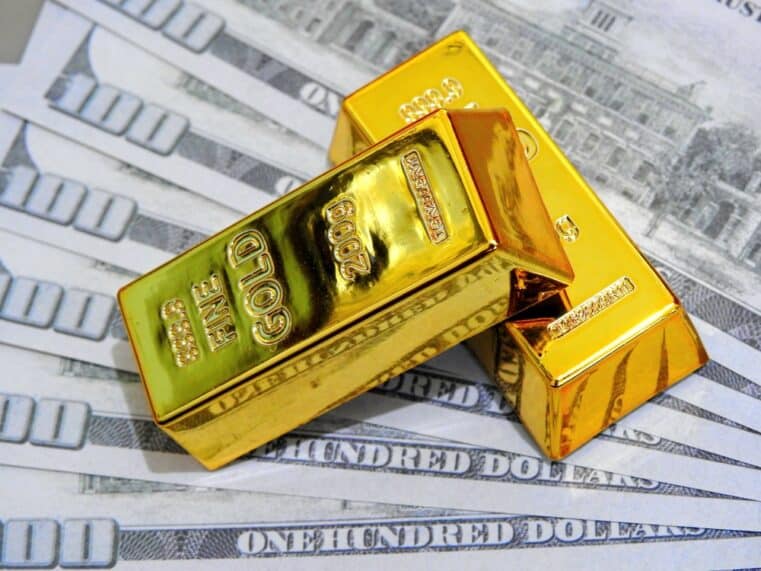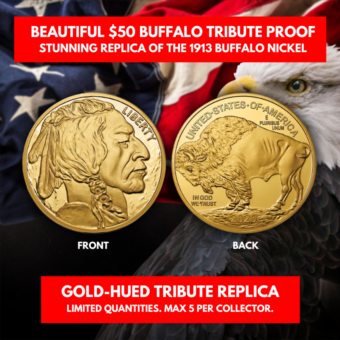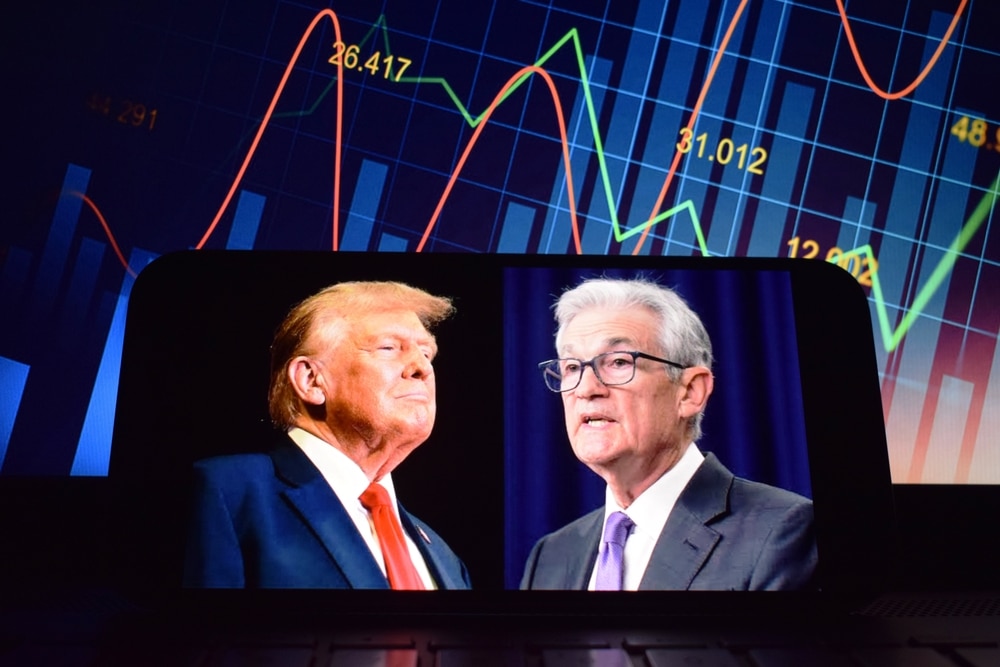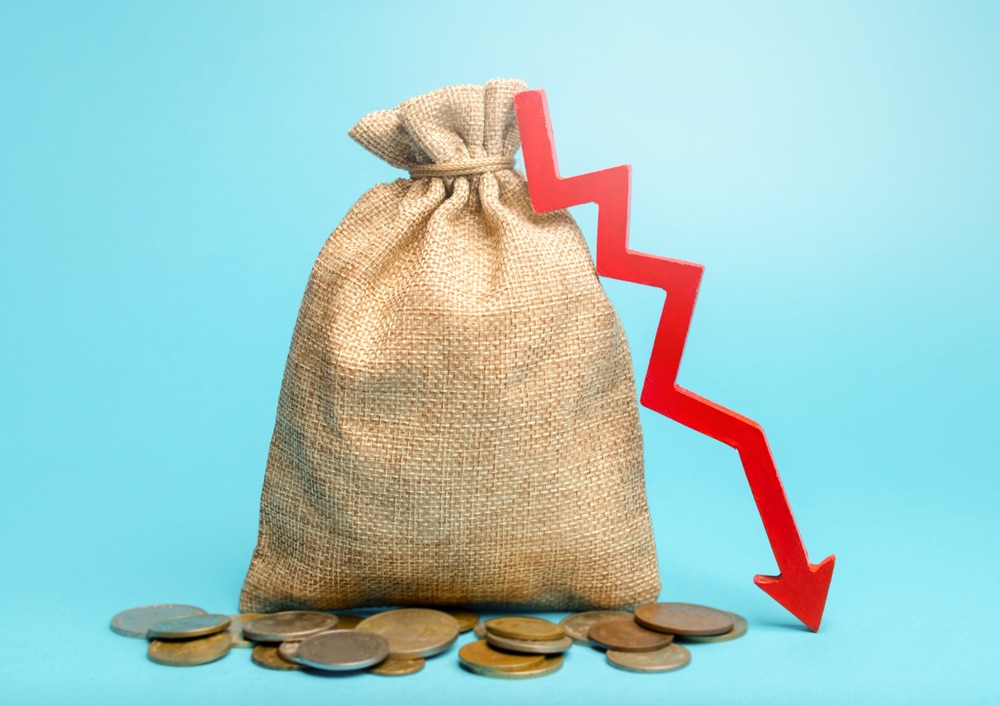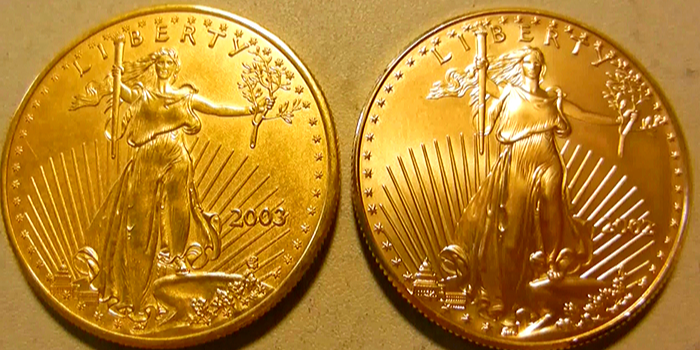
Five Easy Ways to Avoid a Scam - Home Testing Your Gold and Silver
Are you worried that your gold and silver coins might not contain the purity of content that was advertised when you bought them? Perhaps you’re new to physical gold and silver investing. Aside from trusting your dealer’s word, how else might you verify that your coins or bullion are indeed the real things?
Here’s some good news: counterfeit coins and bars are actually difficult to make. And producing counterfeit products that pass even the simplest authenticity tests is an exceedingly hard task. But still, that little-known fact won’t relieve your anxieties if you feel the need to verify the quality of your metals.
Professional testing equipment--such as sonograms and spectrometers--are expensive to purchase. But on a practical level, they’re also unnecessary to most investors. You can test the authenticity of your physical gold and silver using very simple techniques that will hardly cost you a thing.
Here are five methods you can use to test your precious metals coins and bullion:
#1 - Size Them Up and Check Their Weight
Gold and silver is dense, like really dense. So in order to fake the weight that comes with that kind of density, counterfeit coins typically are larger in size or thicker than their authentic counterparts. If the counterfeit coins are correct in size and thickness, then usually their weight--that is, being “underweight”--is a dead giveaway.
Purchase a set of calipers or a jeweler’s scale--both of which are inexpensive. Check a variety of gold sites to verify coin dimensions and do your due diligence. It’s an easy way to verify whether your coins are genuine.
#2 - Give Your Coins a “Soundcheck”
Coins made of base metals sound dull. Genuine gold and silver coins, on the other hand, have a ring to them. Balance your coin on a fingertip and strike it with another coin. Does it chime?
This may sound a bit subjective, after all, each individual human hears differently. Not to worry. Like many things in life, a machine to help you out--as in simple apps on your mobile phone.
If you’re an Apple type, download the CoinTrust app on your iPhone. Spin your coin on a surface and allow your iPhone’s microphone to analyze the sound quality of your coin. It’ll tell you right away whether your coin is genuine or fake.
If you’re more the Google-type and own an Android, download the Bullion Test app. For this app, do the fingertip test, striking your coin with another. The app will give you results instantly.
#3 - How “Attractive” Are Your Coins?
We’re not talking about beauty or aesthetics, by the way. We’re referring to magnetism--as in magnets. If you don’t already know, gold and silver are NOT magnetic metals. Place a strong magnet on your coin and tip it over. If the magnet slides, then your coin isn’t magnetic. That’s good news. If it sticks, however, then you may be in possession of fake gold or silver coin. Simple.
#4 - Run Your Silver Bar Through a Thermal Test
Silver conducts heat really well. As an industrial metal, silver is recognized among other qualities to be an excellent conductor of thermal energy. The great thing about this is that it doesn’t take much to test the authenticity of a silver bar via a thermal test. All you have to do is to place an ice cube on top of it. Sounds too simple? Well, it is. The silver bar should transfer its heat immediately, melting the ice cube.
#5 Apply the Acid Test to Gold and Silver
This may sound a bit sophisticated but it’s actually quite easy. Plus, it doesn’t cost much to buy a simple acid test kit for gold and silver. The color change in a drop of acid can quickly tell you whether you hold the real thing or a counterfeit.
There’s a caveat to this, however. Under certain conditions, you may end up discoloring your gold or silver. This can be bad for your numismatic coins, but it won’t matter much for your bullion, which is valued according to its content and not its beauty. When it comes to testing coins, use this method as a last resort--in other words, apply acid sparingly, lest you don’t mind permanently disfiguring your coins’ appearance.
So there you have it: five cheap ways to test the authenticity of your precious metals coins and bars. As long as you bought your metals from a reputable dealer, chances are good that what you own is the genuine thing. Again, counterfeits are extremely hard to produce. But if you are harboring any doubts, now you know how to test them without bringing your items to a specialist.


